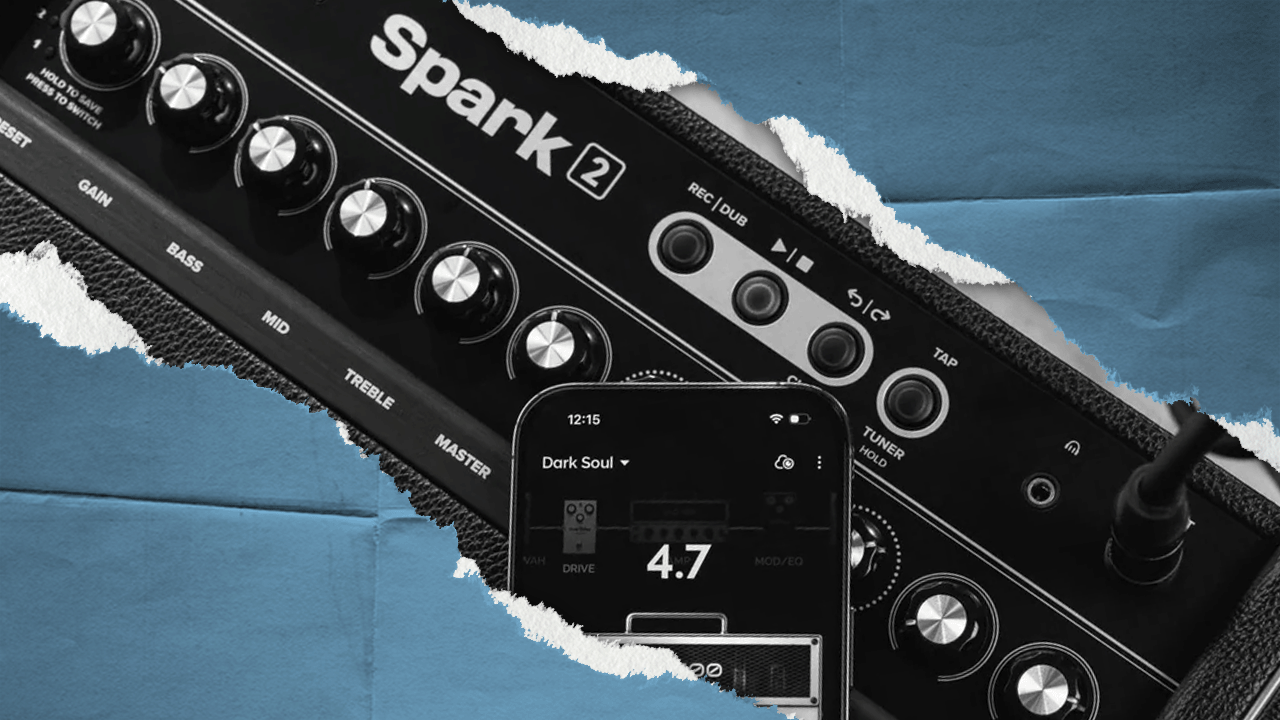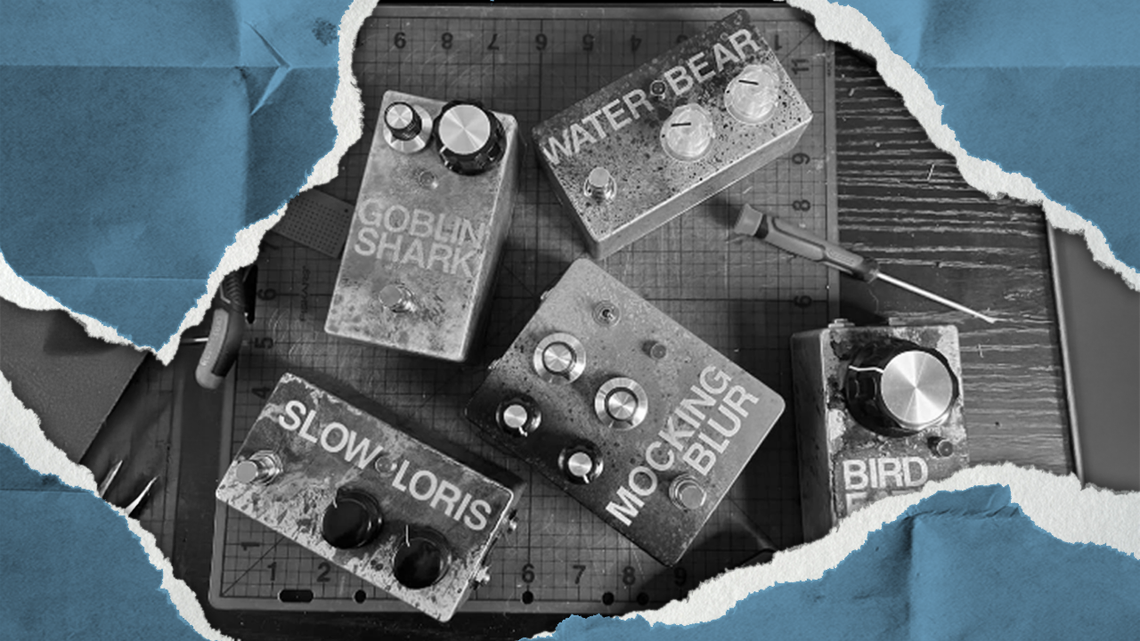By simply describing the sound they want—whether by genre, mood, artist, or song—users can generate four custom presets tailored to their preferences.
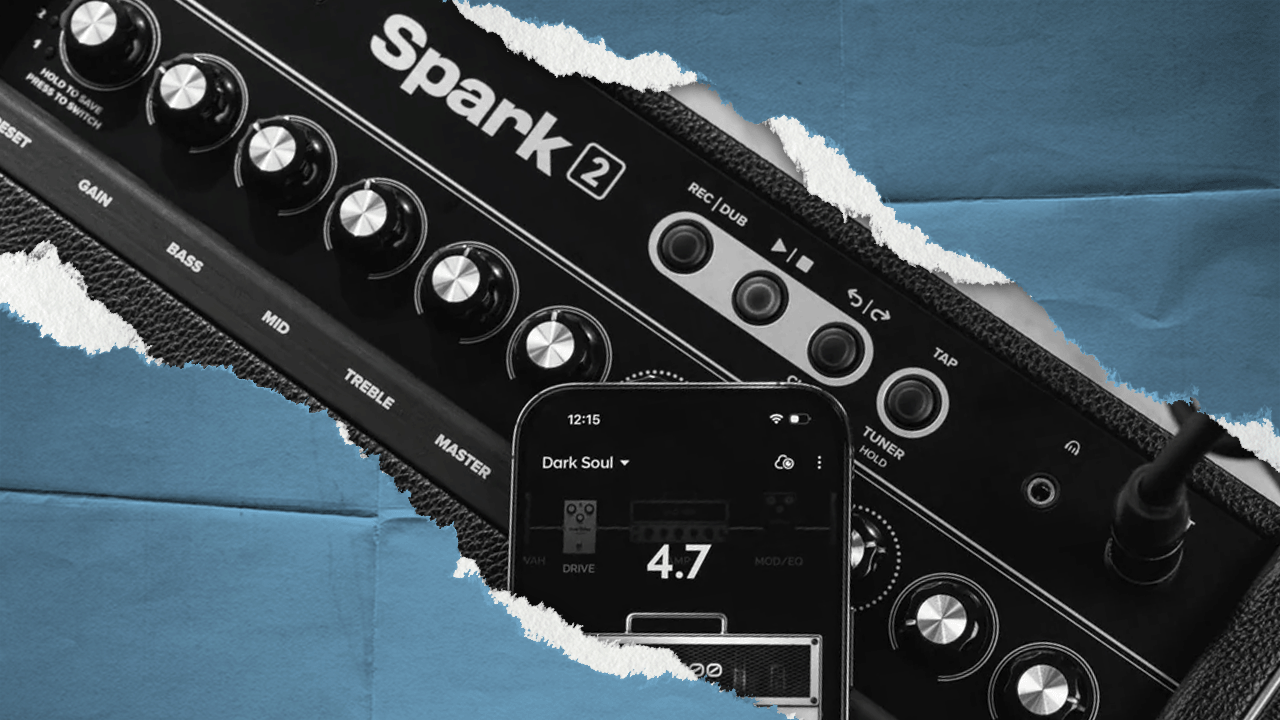
Bringing AI into the Writing Room
Positive Grid has just unveiled an exciting new feature for their Spark amplifier series: Spark AI. Currently in beta and available for the Spark 2 amplifier, this innovative tool is designed to help beginner guitarists find the perfect tone with minimal effort.
This development marks a significant step forward in making guitar tone creation more accessible, especially for those still learning about effects, amplifiers, and signal chains. With plans to expand compatibility to all Spark series amps via a future app update, Spark AI could soon become a staple for guitarists at every level.
When I first started learning guitar, one of my first amplifiers was a Boss Katana. Like many beginners, I spent hours scrolling through its built-in effects, testing out different distortions, reverbs, and modulations. That process wasn’t just about finding cool sounds—it was how I discovered the tones I loved most, which ultimately shaped my playing style and even the genres I gravitated toward. Now with Positive Grid's Spark AI, this can help even the early players find sounds that they really are into.
But how does it work, and why is it such a big deal for beginners?
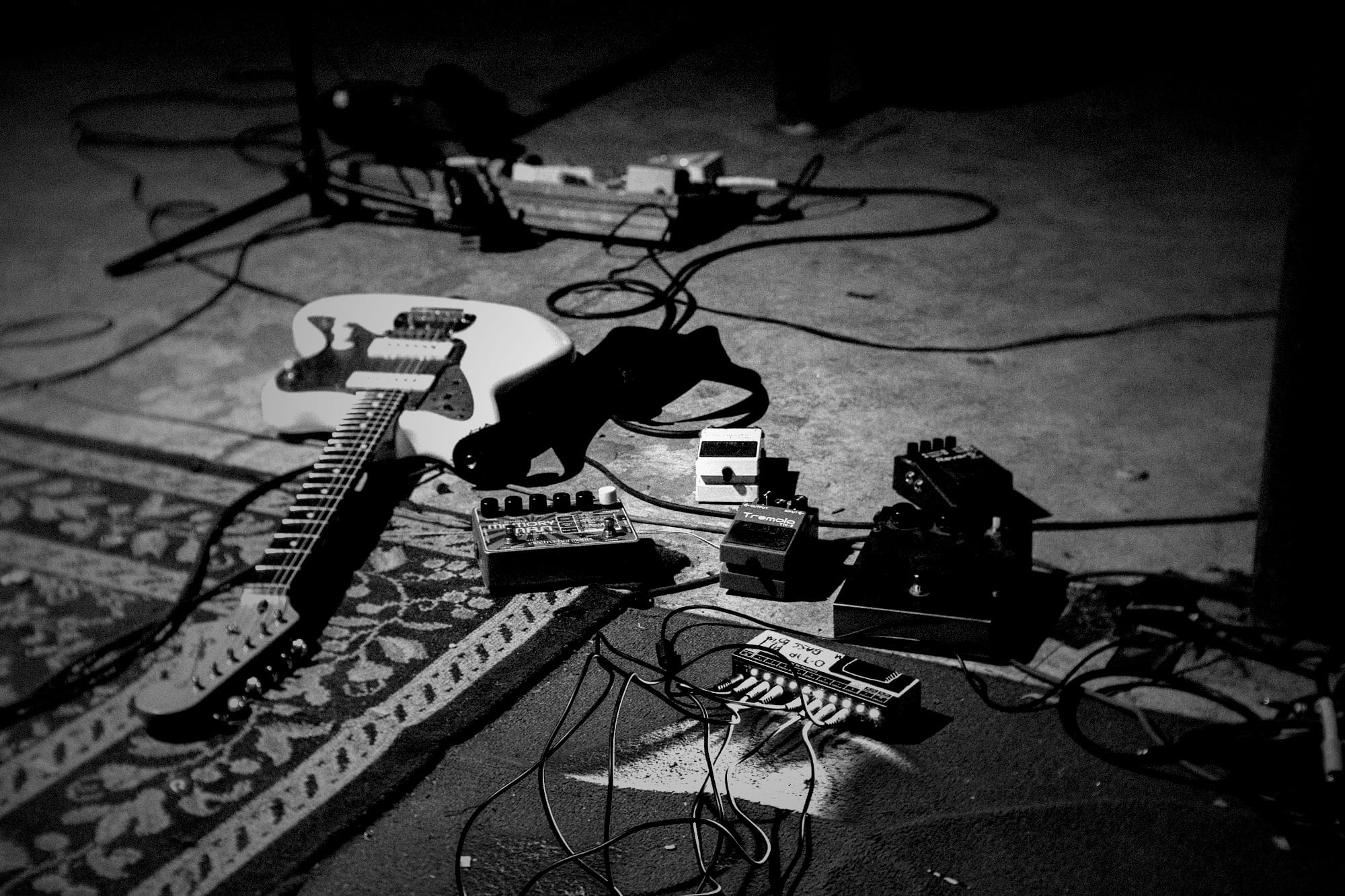
What Is Spark AI?
Spark AI is an intelligent tone-matching system built into the Spark app, which pairs with Positive Grid’s Spark amplifiers. Instead of manually tweaking EQ, gain, reverb, or modulation settings, users can now ask the AI for a specific sound—whether it’s a "dirty grunge tone," a "clean jazz sound," or a "heavy metal riff"—and instantly receive four presets to choose from.
How It Works
- Describe Your Tone – You can input text prompts like:
- "I want a stoner rock tone with fuzzy distortion."
- "Give me a bright, shimmering clean tone for indie pop."
- "I need a heavy metal tone similar to Metallica."
- AI Generates Presets – The system analyzes your request and creates four unique tone presets.
- Test & Tweak – Cycle through the options, play with them, and refine if needed.
This eliminates the overwhelming process of manually dialing in effects, making it easier for new players to discover tones that inspire them.

Why This Is a Big Deal for Beginner Guitarists
Understanding how different effects (delay, reverb, distortion) interact with amp settings can be daunting for beginners. Spark AI removes the guesswork by automating tone creation, allowing players to focus on playing rather than tweaking knobs.
One of the biggest hurdles for new guitarists is getting stuck in tone-chasing mode—spending hours adjusting settings instead of actually playing. With Spark AI, if you want a "Nirvana-style grunge tone," you can get it in seconds, keeping your creative momentum going.
While the AI does the heavy lifting, users can still see which effects and amp models are being used in each preset. Over time, this helps players make connections between genres and gear, gradually improving their tone-shaping skills.
The Spark series is already popular for its portability, affordability, and recording capabilities. With AI-assisted tone matching, it becomes an even more powerful tool for:
- Practicing – Quickly dial in tones for different songs.
- Songwriting – Experiment with moods and textures on the fly.
- Recording demos – Get studio-quality tones without complex setups.
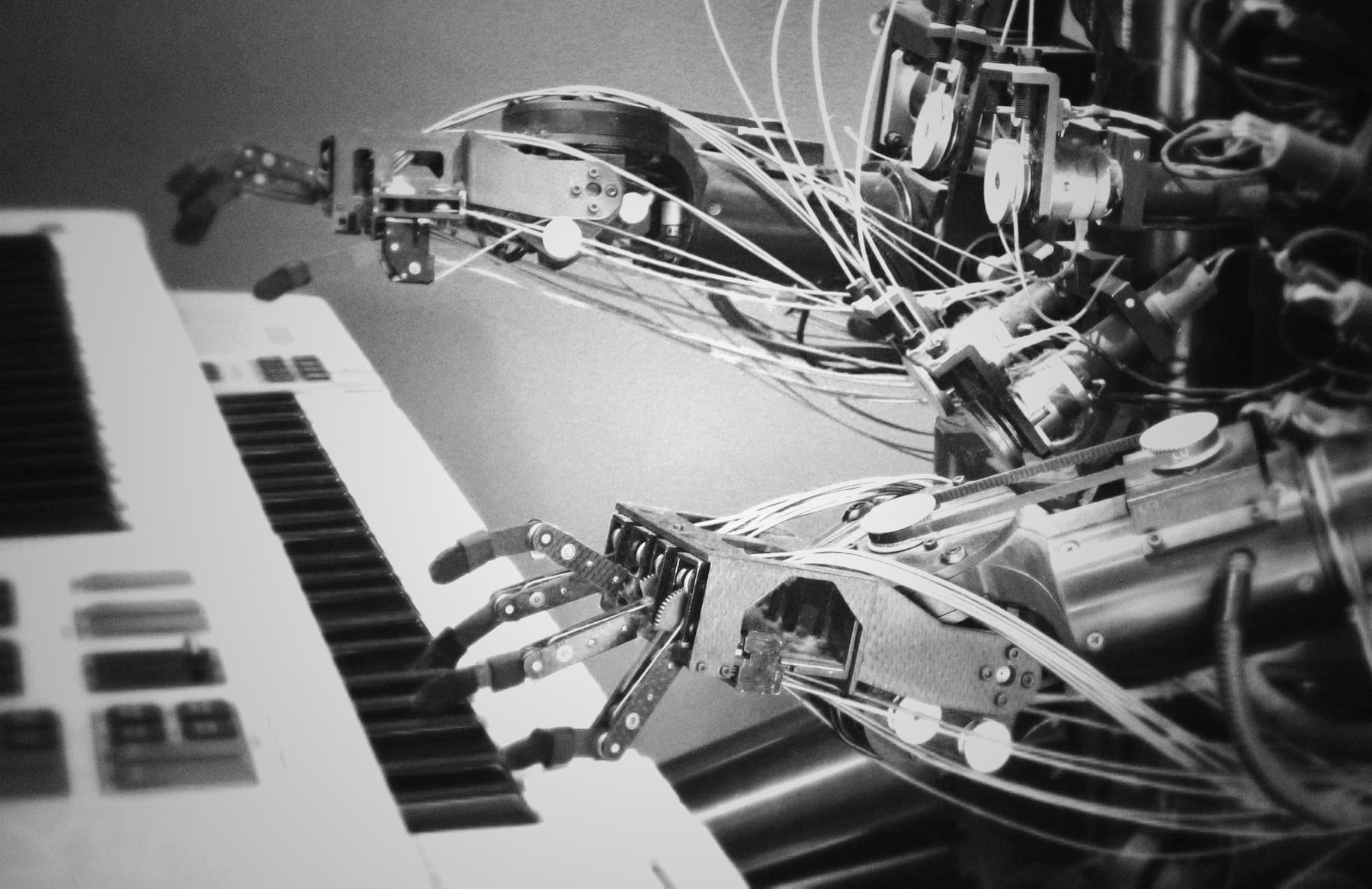
The Future of AI in Music: Tool vs. Controversy
AI’s role in music has been a hot topic, with debates over AI-generated songs, vocal cloning, and automation replacing human creativity. However, Spark AI falls into a different category—it’s not replacing creativity but reducing the amount of time that cause you to lose that initial inspiration.
Where AI Makes Sense in Music
- As a Learning Tool – Helping beginners understand tone shaping.
- Speeding Up Workflow – Reducing time spent on technical tweaks.
- Inspiration on Demand – Generating ideas when you’re stuck.
Positive Grid’s approach aligns with using AI responsibly—assisting musicians rather than replacing them.
Potential Limitations
- Beta Phase – Currently limited to Spark 2 (full rollout pending).
- AI’s Interpretation – May not always nail the exact sound in your head.
- Still Requires Human Input – You need to describe what you want effectively.
Still, for a free feature, it’s an impressive piece of gear.
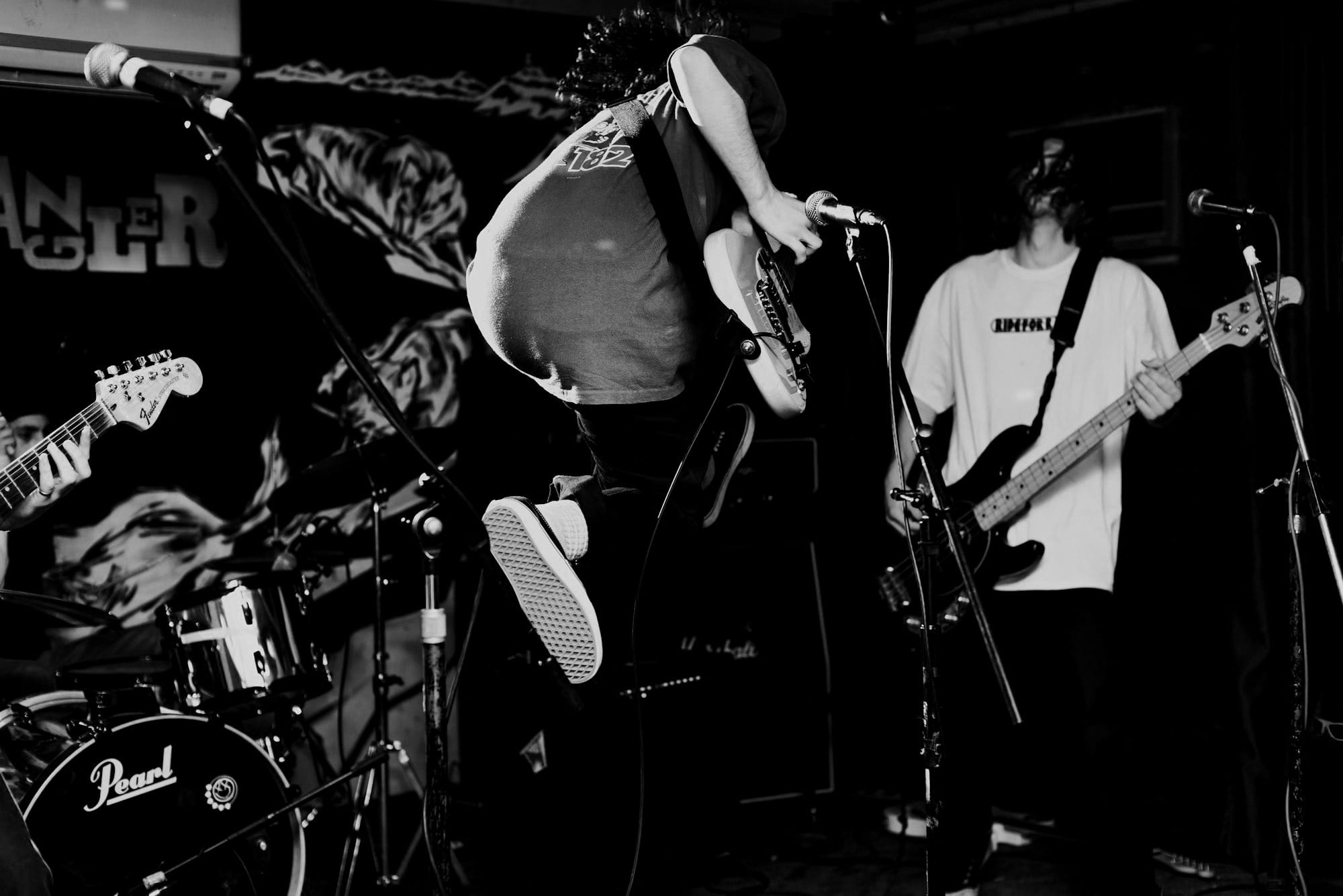
A Win for Guitarists
Positive Grid’s Spark AI is shaping up to be a game-changer for beginner and intermediate guitarists. By simplifying tone creation, it removes a major barrier to creativity, allowing players to spend less time tweaking and more time playing.
As the feature expands to all Spark amps, we could see even more refinements, such as:
- Voice commands for hands-free control.
- Community-driven AI presets where users share their best prompts.
- Integration with recording software for seamless tone matching in DAWs.
For now, if you own a Spark 2, this beta is worth exploring. And if you’re new to guitar, this might be the perfect reason to invest in a Spark amp.
What do you think? Is AI-assisted tone shaping the future, or do you prefer dialing in sounds manually? Let me know what you think in the comments! If you own a Spark 2, let us know if you've used this new feature and if it's helped you at all during the writing process!

